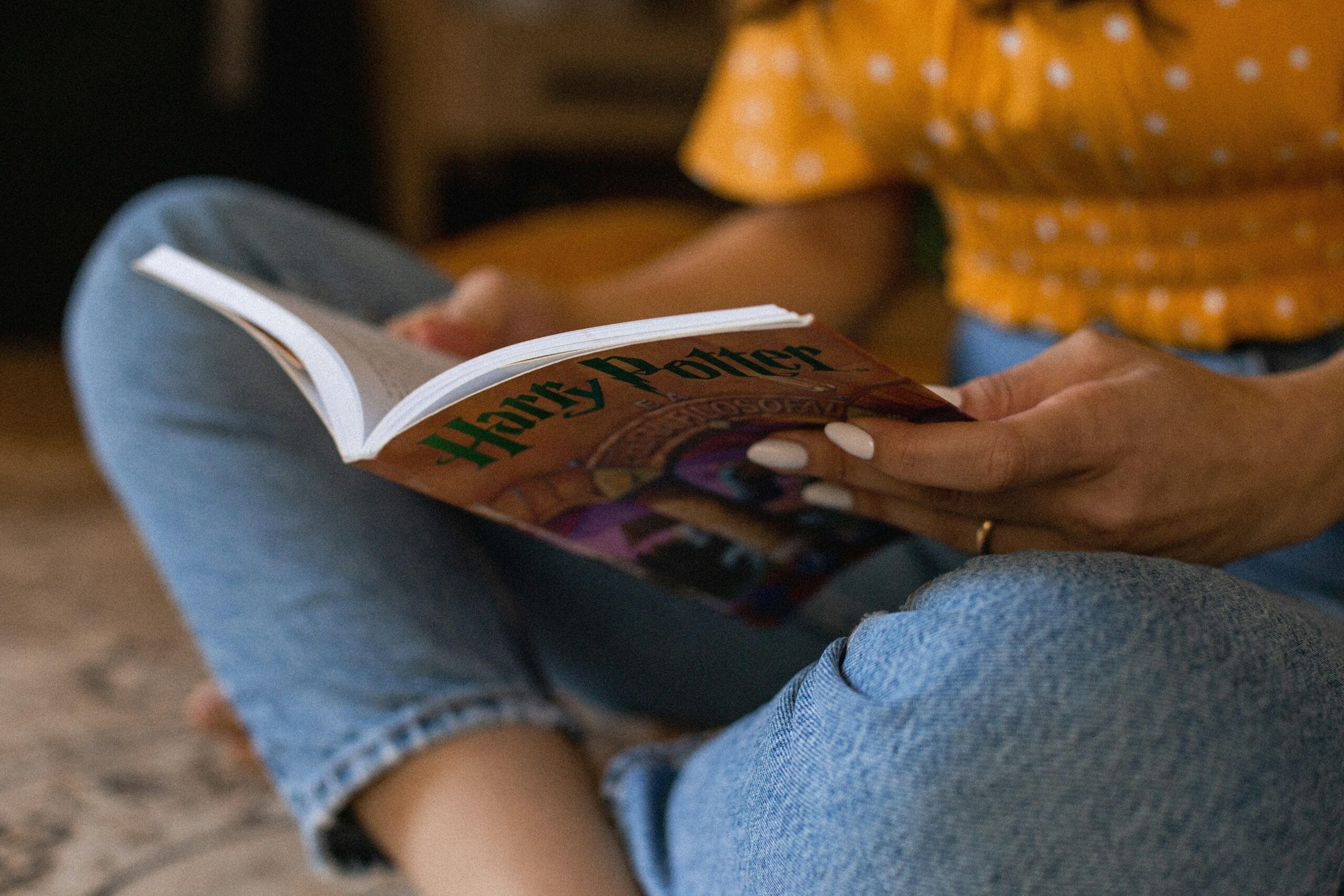How has postmodernist literature influenced other artistic mediums?
Decoding Postmodernist Literature and Metafiction
Introduction
Postmodernist literature has intrigued readers and scholars alike with its distinctive characteristics and innovative storytelling techniques. One of the most captivating elements of this genre is metafiction. This article delves into the world of postmodernist literature and metafiction, shedding light on their significance, characteristics, and impact on contemporary writing.
Understanding Postmodernist Literature
Postmodernist literature emerged in the mid to late 20th century as a reaction against modernist literature. It is known for its fragmented structure, playful use of language, and rejection of traditional narrative forms.
| Characteristic | Description |
|---|---|
| Fragmentation | Non-linear narratives and disjointed storylines. |
| Paradox | Incorporates contradictory elements to create a deeper meaning. |
| Irony and Playfulness | Uses humor and irony to question reality and authority. |
| Pastiche | Combines multiple styles and genres. |
What is Metafiction?
Metafiction is a form of writing that self-consciously addresses the devices of fiction, exposing the fictional illusion. It is a cornerstone of postmodernist literature.
Key features of metafiction include:
- Self-Reflexivity: Characters or narrators acknowledging their own fictionality.
- Intertextuality: The text references other texts or literary conventions.
- Breaking the Fourth Wall: Directly addressing the reader.
The Significance of Metafiction in Postmodernist Literature
Metafiction plays a crucial role in challenging and expanding the traditional boundaries of literature. By questioning the nature of storytelling and reality, metafiction opens up a myriad of possibilities for both writers and readers.
Famous Examples of Postmodernist Literature and Metafiction
Several works stand out in the realm of postmodernist literature and metafiction, demonstrating the genre’s versatility and depth.
Notable Works
- “If on a winter’s night a traveler” by Italo Calvino - A prime example of metafiction, this novel addresses the act of reading itself.
- “Slaughterhouse-Five” by Kurt Vonnegut – Blends reality and fiction, often highlighting its own narrative processes.
- “The French Lieutenant’s Woman” by John Fowles – Famous for its metafictional and self-referential methods.
Benefits and Practical Tips for Engaging with Postmodernist Literature
Engaging with postmodernist literature and metafiction can be a rewarding experience. Here are some benefits and tips:
Benefits
- Intellectual Stimulation: Challenges your understanding of narrative and reality.
- Creativity Boost: Inspires innovative ideas and thinking.
- Cultural Insight: Provides a deeper understanding of contemporary cultural and social issues.
Practical Tips
- Read Actively: Engage with the text and take notes on key themes and techniques.
- Discuss with Others: Join a book club or online forum to share interpretations.
- Explore Context: Research the historical and cultural context of the work.
First-Hand Experience: A Reader’s Journey
As an avid reader, diving into postmodernist literature was a transformative experience for me. Books like ”Infinite Jest” by David Foster Wallace and ”Gravity’s Rainbow” by Thomas Pynchon opened my mind to new storytelling possibilities. The self-referential nature of these works encouraged me to question reality and the act of reading itself, making each literary journey profoundly impactful.
Conclusion
Postmodernist literature and metafiction offer a unique and engaging way to explore the boundaries of narrative and reality. By understanding their characteristics and significance, readers can gain a deeper appreciation for these innovative storytelling techniques. Whether you’re an experienced reader or new to the genre, the world of postmodernist literature is full of surprises and intellectual challenges waiting to be discovered.
